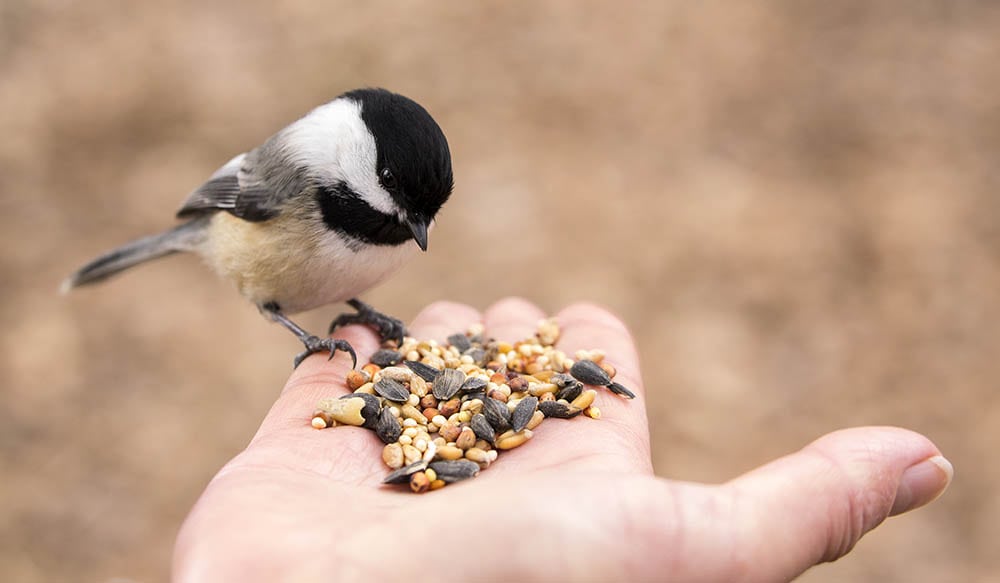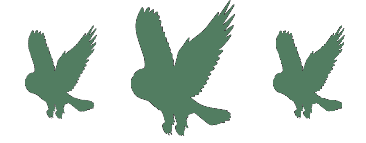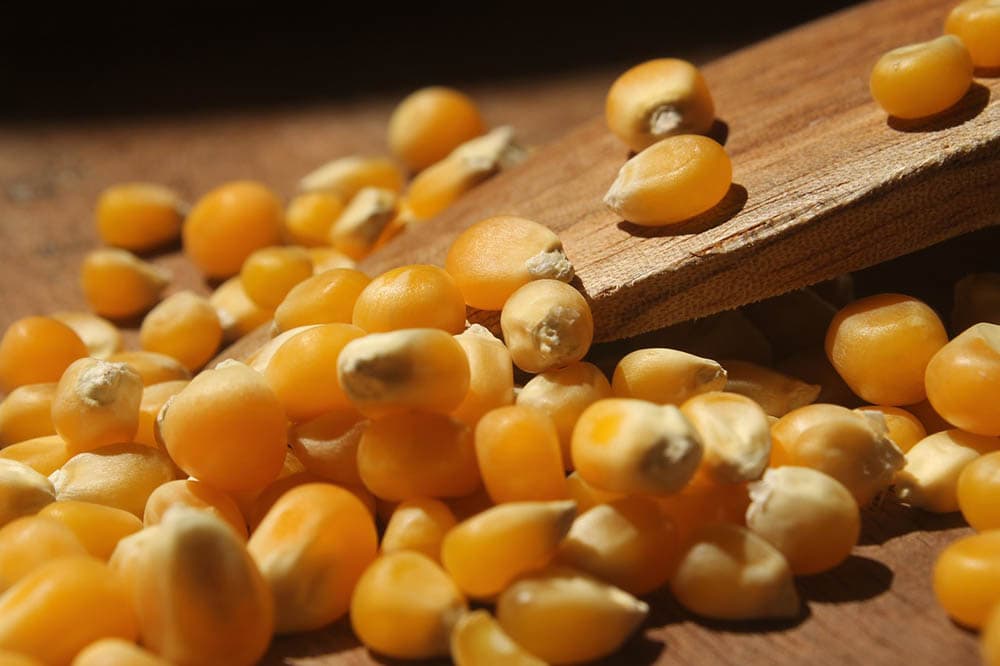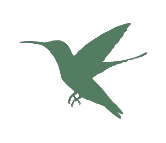7 Best Types of Bird Seeds: Which Seeds Do Birds Prefer?
Last Updated on

Whether you’re shopping for birdseed for the first time or are looking to reduce waste at the feeder, providing your feathered visitors with food they’ll love can be challenging. Shelves can be stacked with so many varieties of seeds that it’s difficult to know which one is best for your local wildlife. Fortunately, some seeds work well for many species in general. If you know the varieties of birds that do visit, you can choose one that is appropriate for that specific species.
Below are seven of the best types of bird seeds for any bird lover.

The 7 Best Types of Bird Seed
1. Sunflower Seeds

Sunflower seeds, in general, are a great choice that will be gobbled up by most birds.
Black Oil Sunflower is an especially good choice because it has higher oil content than others and tends to be less expensive because it isn’t designed for human consumption. Another benefit of the Black Oil Sunflower seed is that it is smaller, easier to crack, and the birds will leave less mess around the feeder.
Striped Sunflower seeds are larger than Black Oil seeds, but they can be more expensive because they’re popular with people. The larger size and harder shell mean that birds are more inclined to leave shells lying around when they’re finished. Because the shells are harder to crack, it also encourages larger birds to show up that are better able to get through the thick shell.
Finally, hulled sunflower seeds are sometimes available. Since the shells have already been removed, these are easily eaten and tend to prove very popular with all birds. Expect to pay more for hulled seeds but with less clean-up.
2. Safflower Seeds

Safflower seeds are not as popular across the board, but they deter squirrels and other feeder invaders. Cardinals and finches, in particular, love this seed, which is smaller and has a thicker shell than the sunflower.
3. Thistle Seeds

Although referred to as thistle, Nyjer seeds are not really related to thistle. However, they are small, which makes them an excellent choice for birds like finches. The seed does spoil quickly, so you will have to be militant about removing and replacing old seeds. One major drawback with this type of seed is that if you put it in most commercial feeders, it will spill right out, and the birds may ignore seeds on the ground.
4. Millet

White Proso Millet, also called Gold Millet, is very popular with sparrows, blackbirds, and doves, amongst other birds. Red Proso Millet is also found in commercial mixes, but it is smaller and not usually as popular with birds. You might have more look with the white variety, but it is usually best to avoid mixes that contain small, red millet.
5. Corn

There are a lot of challenges associated with feeding corn that might make it a poor choice. It’s popular with animals like raccoons and bears, so if you want to avoid attracting these around your feeder, avoid using corn.
Corn is also prone to aflatoxins which are toxic to birds. If the corn is covered in a red dye, it should absolutely be avoided because it has been treated with highly-toxic fungicides. Sparrows are especially keen on cracked corn, which means it can be used to distract these birds by placing it in a separate feeder.
6. Peanuts

Peanuts are high in fat and protein, which makes them a healthy food for birds. You can offer them in the shell and enjoy the spectacle of watching your garden visitors cracking them open to access the treat inside, or you can give them shelled peanuts so that they are easier to get at. However, bear in mind that some birds probably won’t be able to crack open the hard shell. Alternatively, if you are looking to feed crows, jays, and woodpeckers, feed them with nuts still in the shell because it will prevent other birds from stealing them away.
7. Rapeseed

Quails and doves enjoy rapeseed. If you don’t have these birds regularly visiting your feeders, it is likely that any rapeseed will go bad because other birds will ignore it. For general feeders, rapeseed is best left alone.

Other Bird Treats
You don’t have to just feed nuts and seeds to birds. Suet is the fat found around the organs of cows and sheep. Iit is not only a popular and tasty treat with birds, but it can provide sustenance to wildlife the winter. It’s also quite easy to use because it can be placed in feeders or hung from trees.
Whether alive or dried, mealworms are also a healthy addition to a feeder. Dried mealworms are more convenient for you, but birds prefer them live and may ignore them when you first try to use them.
What Are the Healthiest Seeds for Birds?
It really depends on the types of birds at your feeder and what they require, but safflower seeds are high in fat, which is beneficial in winter. Sunflower seeds are another good option. Both seeds are popular with a variety of bird species.
What Is the Best No-Mess Bird Seed?
There’s no denying the fact that some seeds can make a real mess around and under feeders. Sunflower seeds are especially problematic unless you pay extra and buy hulled seeds. Other no-mess options include hulled millet and shelled peanuts.

In Conclusion
Setting up a feeder and loading it with healthy, appealing seeds is a great way to attract birds to your garden, but you will want to make sure that you opt for seeds that are healthy and are appropriate for the types of birds local to your area. Sunflower seeds are an excellent all-around option that most birds will eat, but we have included six other foods that are suitable for most gardens as well.
Featured Image Credit: Oli Moorman, Shutterstock
About the Author Robert Sparks
Robert’s obsession with all things optical started early in life, when his optician father would bring home prototypes for Robert to play with. Nowadays, Robert is dedicated to helping others find the right optics for their needs. His hobbies include astronomy, astrophysics, and model building. Originally from Newark, NJ, he resides in Santa Fe, New Mexico, where the nighttime skies are filled with glittering stars.
Related Articles:
10 Types of Hummingbirds in Arkansas (With Pictures)
8 Types of Hummingbirds in Nebraska (With Pictures)
5 Types of Hummingbirds in Idaho (With Pictures)
3 Types of Hummingbirds in Mississippi (With Pictures)
8 Types of Hummingbirds in Kansas (With Pictures)
5 Types of Hummingbirds in West Virginia (With Pictures)
5 Types of Hummingbirds in Ohio (With Pictures)
Where Do Nuthatches Nest? Nuthatch Nesting Habits Explained
